What Does "No Sea Ice" Mean?
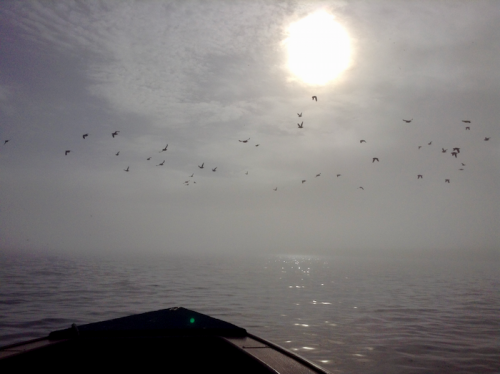
One of my earlier posts highlighted part of the conversations I had with local Yupik villagers here in Savoonga about impacts of change on their community and our Earth in general. Our research here with seabirds is related to a key element of subsistence living, and that key element is sea ice. We hear about "no more sea ice" more frequently in the media, but let's take a look at what that means.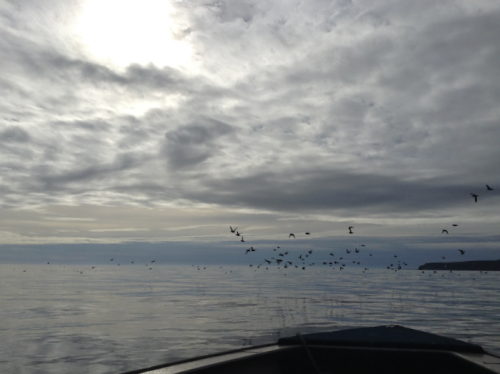
It's Not Just About Polar Bears
Erosion
When there is no sea ice, the seas are rougher. Shore ice protects the island edges, and without it insulation is reduced and more erosion can occur. Some smaller Bering Sea islands and coastal communities are shrinking rapidly, forcing islanders and communities further inland or off their land altogether, and at the very least, shifting subsistence ways of life in ways that might make 2018 life unrecognizable to ancient forebears. Some Bering Sea coastal communities like Shishmaref have also been hard hit by eroding coastlines thanks to shifts in rhythms of the sea. Savoonga's reliance on marine life has had to change enormously, requiring more effort to find the animals they need, traveling further and further.
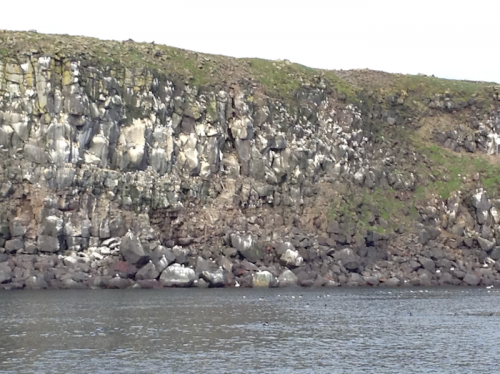
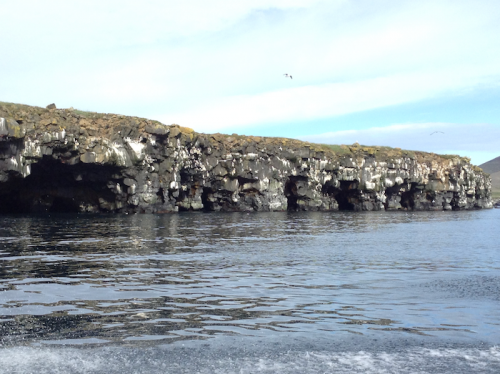
Seabirds
Think of sea ice as a lid that keeps the sea waters calmer. When they are calmer they are stratified, each layer home to specific varieties of oceanic sustenance for the seabirds we are studying. Directly under the ice, the water has higher salinity, like brine, which is denser, and eventually sinks to the bottom, yet in a consistent manner that is predictable and not disruptive to food chains. When there is no "lid" or sea ice to cover the water, these layers are upended by waves and rougher motion of the water. As a result, there's more mixing, upwelling, and integration of these stratified layers.
For seabirds, this can mean higher energy expenditure to find their prey when it's at different depths rather than at predictable stratified levels, along with an inconsistent mixing of nutrients. PlanktonPlankton are small or microscopic organisms that float or drift in fresh or salt water, especially at or near the surface, and serve as food for fish and other larger organisms. can also get pushed to deeper depths away from sunlight, thus preventing it from photosynthesizing. For planktivores like our least and crested auklets, this could be troublesome.
Marine Mammals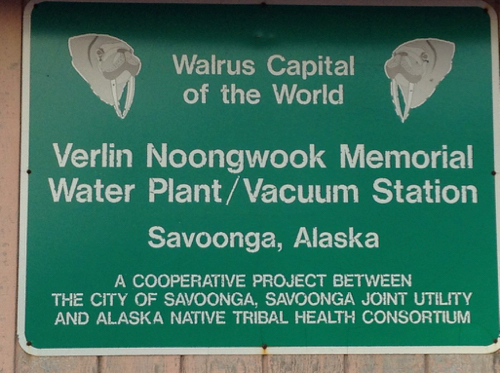
When there is no sea ice, there is no walrus, a stunning blow to this Walrus Capital of the World. What little ice does come is much thinner, not nearly thick enough to hold breeding and resting marine mammals, (including polar bears), let alone hunters and machines. Multiyear ice in this area, the kind that accumulates over time and is thus a much thicker hunting platform, is nearly nonexistent now according to local hunters. Our guide Sep-Sep said they traveled 60-80 miles this past year just to find the sea ice. Walrus continue to beach and wash ashore, with one hypothesis that they are too tired to keep swimming and swimming when there is no ice to rest upon.
Whale and seals are also presumed to follow the ice, claim the elders and seasoned hunters here. Sea iceThere are terms for different types of ice. Shorefast ice forms along coasts and is attached to land. Pack ice is ice floating in open water. Multiyear ice is ice that has survived at least 1 summer. First year ice is ice that has not yet survived a melting season. is home to ice algae, the crucial dietary component of krill, the mainstay of many sea animal diets including whales. "They use the ice to follow the food, and then we have to follow them." Using motorized boats makes this somewhat easier, but then again, the fuel becomes more costly, in turn causing different kinds of stress for those bridging tradition and new ways of sustainability.
Least and crested auklets are planktivores, which means they feed on phytoplankton and zooplankton. So when there is more sea ice, there is more plankton, a boon for these seabirds when it's not being pushed to different sea depths. A lack of sea ice isn't always bad though – less sea ice and earlier ice melt affect the spring sea algal blooms, which affect the zooplankton like copepods and shrimp on which many of the smaller alcids like least auklets and other krill eaters depend.
Carry-Over Effects
What the team's research is trying to determine is what goes on the rest of the year, when the birds are at sea. These are known as "carry-over effects", and that means what happens in the winter may or may not have cumulative effects on the birds. Birds in essence have two stages: reproductive stages and wintering stages. That means 1) where they winter impacts reproduction, and 2) reproductive success determines where they go to winter and their timing of the wintering journey. Scientists can then examine the cumulative effects of these time scales. Were the impacts variable? All favorable? Not favorable at all?
They can determine possible feeding locations, too, but the types of phytoplankton and zooplankton can provide more accurate records of their foraging patterns.
Logger analyses from crested auklets last year, for example, show that after chicks fledge on St. Lawrence Island, the birds fly north to the ice in the Chukchi Sea, then follow the ice back southward, eventually settling in the Okhotsk Sea and northern Japan. They also spend time at Hannah Shoal where there is abundant sea life and large euphausiids in the fall. Least auklets also head northward to the Chukchi Sea first, then track the ice edge in southward migration to the Kamchatka Peninsula and into an ice-free outcrop of the Okhotsk sea.
Interestingly, the latitude of the sea ice matches the least auklet migration. Is that coincidental? Timed with ice on purpose? Or perhaps timed with the length of daylight? These are all questions on the table.
One of the benefits of having little to no sea ice in the area this past year is that the team can have contrasting data in such a short amount of time. This is an ecosystem that co-evolved with ice, so with predictions of its complete summer disappearance by the end of the century coupled with longer, more frequent and more intense warming periods, the changes in the Bering Sea ecosystem beg watchful observance. Shipping companies and the military are eyeing the region for more strategic routes, with potential disruptions for the environment and all of the organisms in the Arctic ecosystem.
Learning how a handful of resilient, long-lived birds handle these stressors can open windows into a host of far more than their lifestyles and patterns. Stay tuned as we await lab analyses!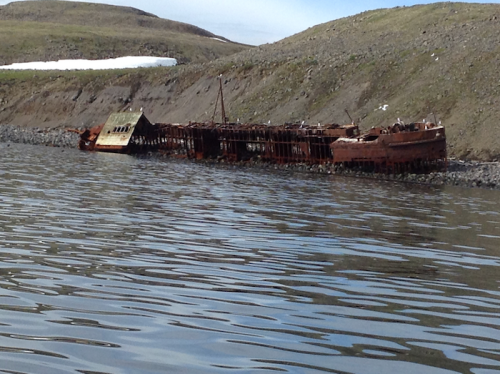
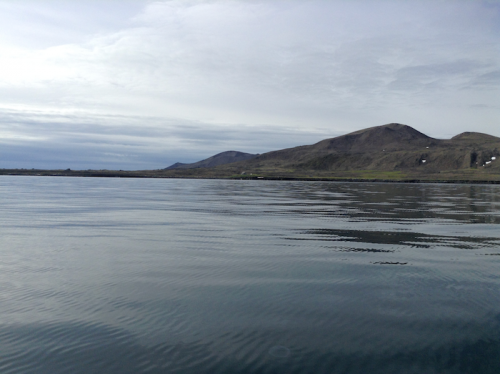
Today's Tweet
Sea Ice affects far more than polar bears, and it affects far more than local Arctic communities. #climatechangeisreal #tippingpointishere


Comments